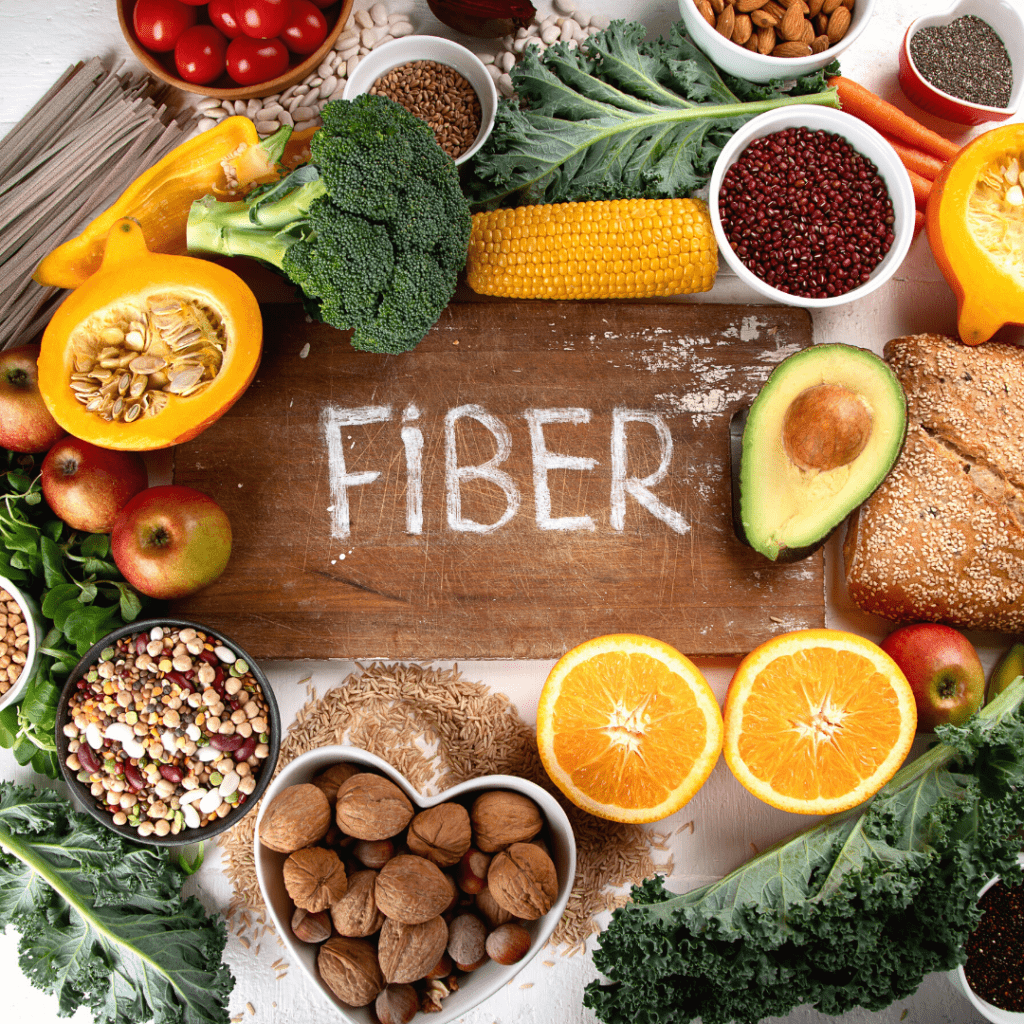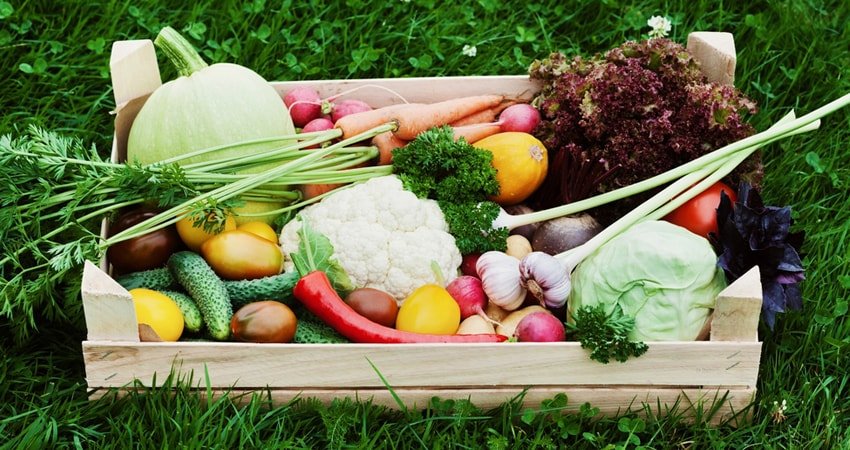
Dietary fiber includes the parts of plant foods that the body cannot digest or absorb. Unlike other components of food, such as fats, proteins or carbohydrates, which the body breaks down and absorbs, fiber is not digested, but passes relatively undigested through the stomach, small intestine and colon, until it leaves the body.
There are many fiber-rich foods, but not all fibers are the same. Fibers are divided into two different types: soluble fibers (fibers that dissolve in water) and insoluble fibers (fibers that do not dissolve). Although they are different, they both need to be part of healthy habits to prevent disease and improve digestion.
Soluble Fibers:
This is a fiber found primarily in peas, lentils, beans, seeds, nuts, barley, oat bran, and some fruits and vegetables. This fiber is attracted to water and turns into a gel during digestion. Soluble fibers help prevent cardiovascular disease.
Insoluble Fibers:
Found in whole grains, vegetables and wheat bran, this is a fiber that aids in digestion (which is ideal for people who suffer from constipation), by speeding up the passage of food through the stomach and intestines.
Before we discuss some of the fiber-rich foods, today, we would like to make a few recommendations for a balanced diet: first, replace saturated fats with unsaturated fats; increase your intake of fruits and vegetables, as well as whole grains and nuts.
Without realizing it, you will be adopting a high-fiber diet that will greatly help your body. There are several things you can do to achieve this goal, one of which is to always look at the nutritional information and the food chart of the products you eat.
Now, plant fibers, can be found in:
Cereals:
In many parts of the world, grains are very present in daily menus. Fiber-rich foods in this category are: whole grain cereals, whole grain bread, brown rice, popcorn (believe it or not) and wheat pasta.
According to the World Health Organization and other studies, it is recommended to eat legumes such as beans, lentils and chickpeas at least twice a week; as well as 5 servings of fruits and vegetables a day.
Fruits:
There is a whole world of fiber-rich fruits. Apples, bananas, peaches, pears, mandarins, plums and pineapples are the most common. Dried or dehydrated fruit is another great option.
Vegetables, Legumes and Nuts:
If we’re talking about vegetables, look at lettuce, chard, carrot (raw) and spinach. If you want cooked vegetables: asparagus, beets, broccoli and mushrooms are a great option. As for legumes: lentils, beans, peas and chickpeas are high in fiber. And finally, if you like nuts, you can eat sunflower seeds, almonds or pistachios.
Benefits of Eating Fiber
Now that you are very familiar with the foods that are a source of fiber, we want to tell you about some additional benefits to those already mentioned.
In addition to helping with proper digestion and prevention of heart disease, fiber helps control diabetes, helps you have a healthy colon, as well as reduces the risk of obesity; vegetable fibers generate a feeling of satiety, which is why they help control your weight. As well, many studies suggest that fiber prevents diseases such as colon cancer.
If you want to increase the fiber in your diet, here are some easy-to-follow recommendations:
– If possible, include vegetables in all your meals (breakfast, lunch and dinner).
– Between meals and as a snack, eat nuts, fresh fruit and raw vegetables.
– Ripe fruit contains a large amount of fiber, so don’t waste it.
What is your favorite source of fibers and how do you usually include them in your diet? We would love to read from you; so don’t forget to leave a comment in the section below.


